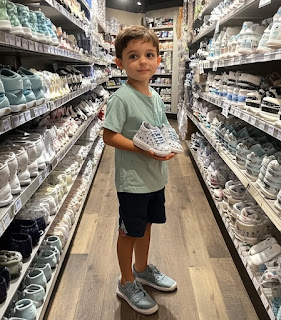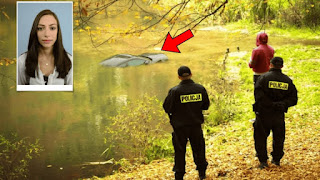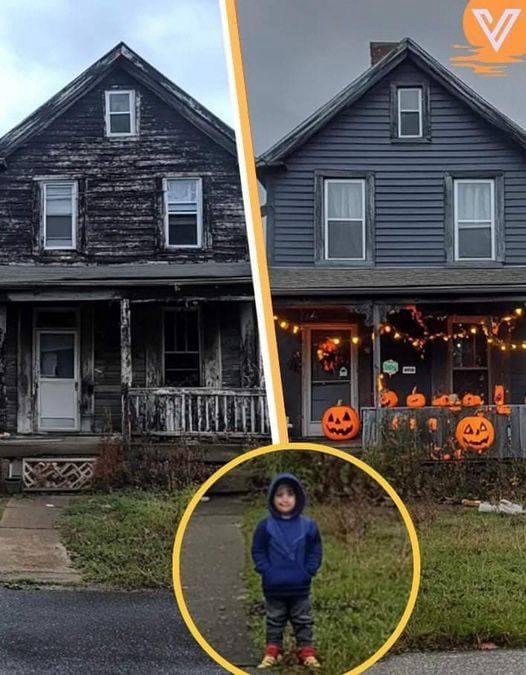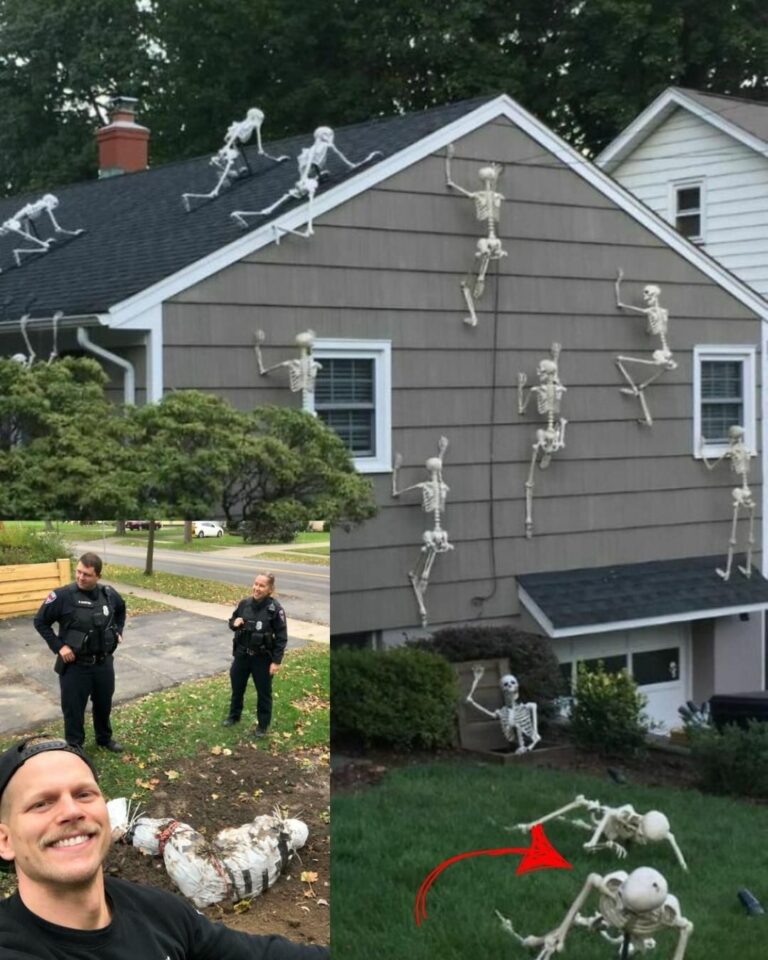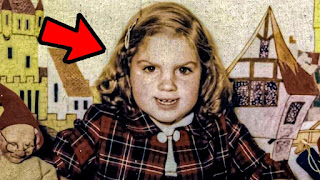

72-year-old Alice Collins from Washington decided to take a DNA test eight years ago, thinking she had a good idea about her ancestry as both her parents were devout Irish-American Catholics. However, the results shocked her as she wasn’t who she thought she was. Alice had long been preoccupied with questions about her family, especially her father’s side, which had no known history. Her father, Jim Collins, was the son of Irish immigrants, and he knew little about his family history. Alice had traced her mother’s lineage back to the 1500s but felt guilty about her father’s side. When Alice began researching her father’s lineage, she knew some details of his childhood, such as his time in an orphanage and his later life as a devout Catholic. However, she didn’t know where he came from or what had happened to his parents. Alice wrote to the orphanage but received no helpful information. Years passed, and Alice’s research came up fruitless until 2012 when home DNA kits became available. Alice was excited about her potential trip to Ireland to see her grandparents’ village but thought a DNA test would make her research easier. When the results came back, they were confusing as only half of her sister’s DNA was of Irish, Scottish, and English descent, while the other half was an unexpected combination of European Jewish, Eastern European, and Middle Eastern. Alice believed there had been a mistake, but when she took the test again, the same results appeared. This revelation led Alice to question her parents’ identities and whether her mother had an affair.
Alice, the protagonist, receives shocking DNA test results that challenge her identity and family history. While the test results provided Alice with new information, they did not answer the question of why her paternal cousin and she shared no DNA. Alice, a former IT manager known for her analytical skills, delved into intense research to uncover the truth. She considered possibilities such as her mother having an affair or her grandparents being secretly Jewish, but these scenarios seemed unlikely. Alice’s father had been in the army and was often away, leaving her with the fear of hidden family secrets. Alice and her sister had a gut feeling that the lineage came from their father’s side, as he was adopted. They discovered that their paternal cousin, whose mother was Jim Collins’ sister, shared no DNA with them, making them non-cousins genetically. This revelation left Alice feeling lost and unsure of her identity. Her sister, Jerry, had long suspected that their father Jim was not related to his parents as no one in their immediate family resembled him. When Jerry traveled to Ireland in the 1990s, she realized that no one looked like their father, who was five feet four and dark-haired. Alice and Jerry sought answers by speaking with living relatives and conducting extensive research. They hoped to find long-lost first cousins who shared their DNA. By 2013, they had made progress in solving their father’s mystery. They had their father’s birth certificate and learned that he had been sent to an orphanage by the New York Society for the Prevention of Cruelty to Children. Alice considered the possibility that her father had been confused with another child at the orphanage but was unable to find definitive evidence. She then began to think that her father might have been switched at the hospital at birth. Alice meticulously scanned through hospital records to find potential matches but was unable to find any living relatives who shared their DNA. Her search continued, leaving her with more questions than answers.
Alice, who had been searching for her biological relatives through a DNA database for two and a half years, received a shocking discovery. One Sunday morning, she decided to check her cousin’s list of DNA relatives and found a new match named Jessica Benson. After exchanging messages, they discovered that their grandfathers were likely switched at birth in 1913 at Fordham Hospital. Alice and Jessica’s families were stunned as they compared birth certificates and found that Jim Collins and Philip Benson were processed one after the other and signed by the same doctor. Alice also learned that she had a biological first cousin, Phyllis Pullman, whom she later met in Florida. The families were happy to have found each other but were left with lingering questions about the what-ifs. Alice’s search for her biological relatives uncovered a century-old hospital mistake that could only be explained through new technology.
Alice and Pam come to terms with the revelation that their fathers, Jim Collins, were not who they thought they were. The family grapples with questions about Jim’s heritage and religion, and wonders about the implications for his life and their own. If Jim were still alive, they believe it would have been the right thing to tell him the truth. However, they are grateful that he wasn’t alive during the era of at-home DNA testing, as they believe he would have lost his identity. Alice and her siblings also ponder what might have been if Jim had been raised by his biological family, the Bensons. They speculate that Jim would have had a more stable upbringing, graduated high school, and pursued his mathematical gift. Ultimately, they grieve for Jim as a child in the orphanage, and acknowledge that their lives as the Collins children would not have existed without the mistake made in 1913, when a nurse accidentally switched Jim’s identity at the hospital. Despite the complex consequences of this administrative oversight, Alice and her family cannot help but appreciate the unexpected outcome of their existence

